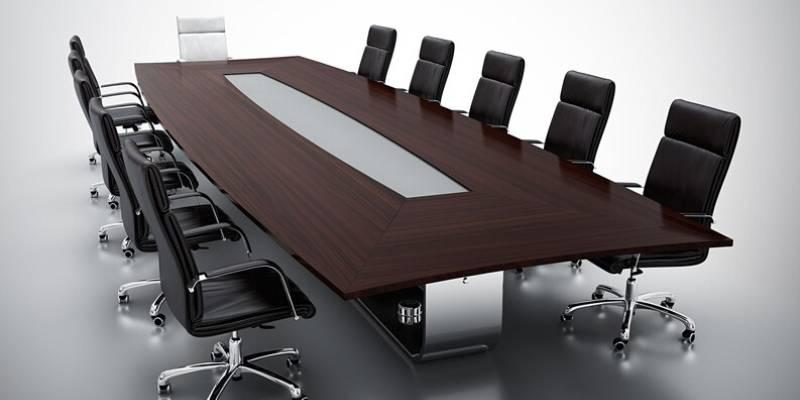The conference table is the focal point that connects all the elements of a well-designed meeting room. It is where agreements are made, plans are laid out, concepts are generated, and bonds are reinforced. Finding the ideal balance between comfort, style, functionality, and practicality is more important when selecting a conference table for office than simply picking one that looks good. While a badly selected table can make meetings awkward and chaotic, a well-chosen table can promote teamwork, represent your brand, and endure over time. You can choose the best conference table for your office by following this guide, which will help you navigate the important factors to take into account.
Determine the Purpose and Space
Determine why you need a conference table in the first place before examining dimensions, styles, or materials. Larger, conventional tables are frequently ideal for formal gatherings. Smaller, more adaptable designs promote candid communication among creative teams. Your purpose statement will direct all other decisions. When purchasing a conference table, it's common to concentrate solely on the table's measurements and ignore the room arrangement. Measure your meeting room's height, width, and length first. For comfortable movement and chair placement, allow at least three to four feet of space on all sides. Additionally, take into account the locations of windows, doors, and presentation screens, as these will influence the arrangement of the tables. Despite its impressive appearance, an oversized table can make a space feel small and unwelcoming.
Right Shape for Your Needs
A conference table's shape affects both its purpose and the ambiance it fosters. Rectangular tables are a traditional option for large boardrooms because they exude formality and structure. Boat-shaped and oval tables promote inclusivity and soften edges. Square tables produce a balanced, symmetrical appearance, while round tables are ideal for smaller groups and cooperative conversations. Modular tables provide the most flexibility for multipurpose spaces because they can be rearranged based on the type of meeting.
Select the Best Material
Your conference table's material has an impact on both how long it lasts and how it looks. Although it needs upkeep, solid wood adds warmth and prestige. Wood veneer is less expensive and provides a comparable appearance. Laminate is inexpensive, long-lasting, and simple to maintain. Glass gives a sleek, contemporary look, but it needs to be cleaned often. While stone or marble creates a striking luxury statement, metal frames add industrial strength and style. When selecting materials, take your office's aesthetic, financial constraints, and upkeep capabilities into account.
Seating Capacity
It's critical to know how many people your conference table can hold. For comfort, give each person roughly 30 inches of space. Participants will have adequate space for their laptops, notes, and personal belongings thanks to this. You might want a longer table or even a modular design that can be expanded as needed if your office frequently hosts big meetings.
Technology Integration
Laptops, projectors, video conferencing systems, and charging devices are frequently used in modern meetings. Your meeting area will remain tech-friendly and organized if you select a conference table with integrated USB ports, power outlets, and cable management systems. Some cutting-edge tables are perfect for hybrid work environments because they even have wireless charging pads or embedded screens.
Set a Realistic Budget
Office conference tables range widely in price, from low-cost models to high-end showpieces. Early budgeting helps you make fewer decisions and avoid going overboard. Don't forget to factor in any integrated technology and matching chairs. Investing in a long-lasting, high-quality table is preferable to going with the cheapest one that might need to be replaced soon.
Conclusion
Selecting the ideal conference table affects comfort, productivity, and the first impression that every customer has of your company. It's not just an aesthetic choice. The ideal table should be long-lasting, fit your space, serve your functional needs, and represent your brand. You can purchase a conference table that genuinely improves your workplace by taking into account elements like shape, size, material, seating capacity, technology integration, and long-term adaptability. The ideal table ultimately transforms from furniture into the platform for your company's most crucial discussions, influencing its future one meeting at a time.
For more articles, visit: https://craneflower.ne



